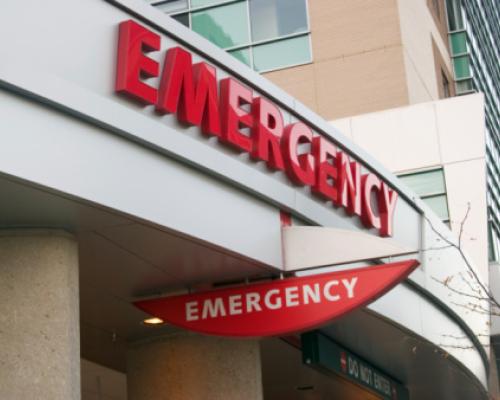Impact of ED overcrowding

When designing solutions to Emergency Department (ED) overcrowding, it’s important to understand how patients, families, and ED staff experience and understand the issue. This qualitative review examines the effects of ED overcrowding, as detailed through the perspectives and experiences of people engaging with ED services.
Key Messages
- People engaging in ED services described how ED overcrowding creates an unsafe environment where patients experience delayed, missed, and inappropriate care. This can lead to patients experiencing adverse effects, including, for example, potential or actual physical harm, threats to human rights and dignity, and worsening emotional and psychological states.
- ED overcrowding had, for the most part, negative impacts on health care professional learners and staff working in the ED, including increased exposure to violence and physical harm, emotional and moral distress, varying degrees of burnout , and missed learning opportunities. Amid the challenges, some staff described experiences of collaboration and opportunities to expand existing knowledge as a coping mechanism to manage adversity.
- It’s important that decision-makers work to address the adverse effects of ED overcrowding and look for ways to improve the working conditions within an overworked ED. Decision-makers addressing ED overcrowding may explore how proposed interventions might address or worsen ethical and equity issues raised by ED overcrowding.

Read our Report
Perspectives and Experiences Regarding the Impacts of Emergency Department Overcrowding


